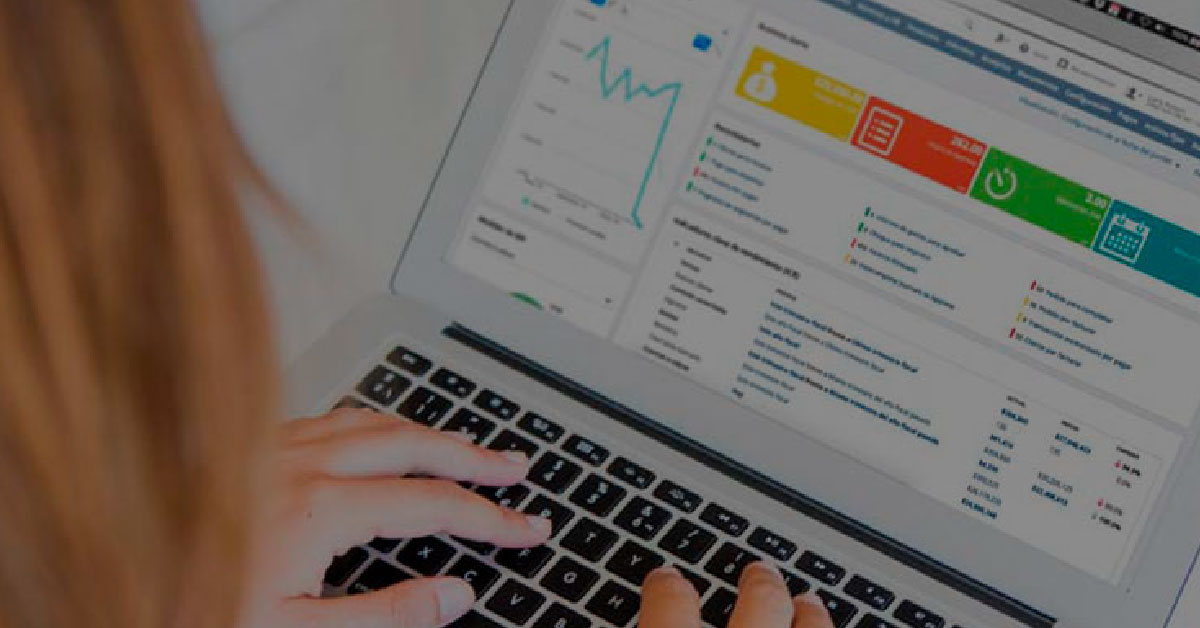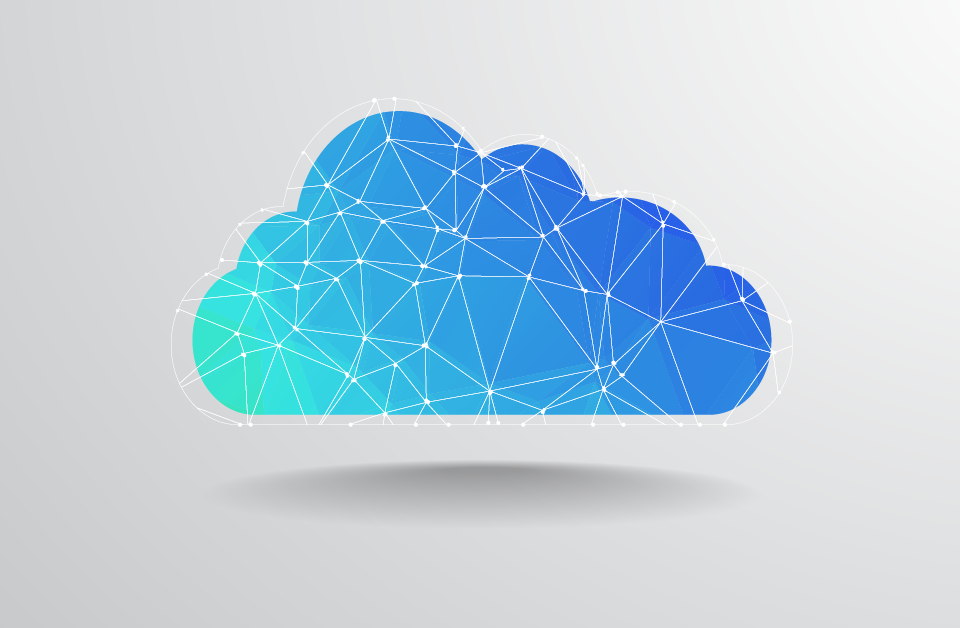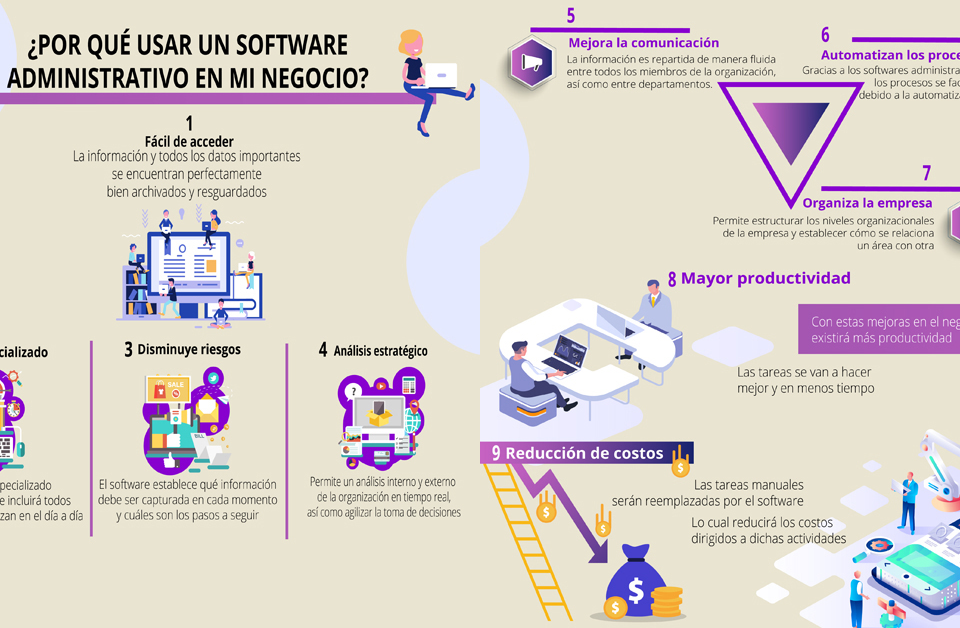
11 Advantages of using ERP software in your company
October 30, 2020
Is NetSuite for Small and Medium Businesses?
October 31, 2020NetSuite 2020.1 has brought users a host of new functionalities and enhancements towards modules including: Accounting, Administration, Banking, Employee Management, Inventory Management, and many more. To help you stay updated and make the most of these new features, we leave here the following 5 most outstanding points of the 2020 update.1
Remember that if you want to know more about all these updates you can contact us to obtain more information about your account.
1. Automatic provider prepayments:
For organizations that make vendor payments prior to billing, the vendor prepayment feature has been a very useful recent addition to NetSuite, however one of the biggest limitations of vendor advance payments was that they had to apply after of billing, which left a lot of room for human error. For the 2020.1 update, there is the ability to automatically apply provider advance payments at check-in. Like customer deposits made at the sales order level, vendor prepayments made from purchase orders will automatically be applied to the vendor invoice when created.
Best of all, if you issue multiple advance payments against purchase orders (ie 25% at time of order and 25% at time of shipment), all deposits will be applied automatically at the time the invoice is generated.
2. Modification of subsidiary hierarchy:
If you have ever had to adjust the hierarchy of subsidiaries in NetSuite, you know that it is a somewhat complicated process. While it is not an action that most organizations take frequently, being able to restructure your subsidiaries is essential when it comes to consolidations, acquisitions or other structural changes within your business.
For the 2020.1 update, NetSuite is making it easier than ever to make modifications to the subsidiary structure with the subsidiary hierarchy modification feature. Making these changes requires some additional permissions along with activating the general preference, Allow Subsidiary Hierarchy to be modified. Feel free to ask our consultants for help with additional details, prerequisites, and impacts when making changes to your subsidiary hierarchy.
3. Custom emails for standard transactions:
One of the most frequent requests we hear is for transaction emails generated within NetSuite, this is using a custom email template in place of the standard system generated content. When upgrading to 2020.1, organizations will now be able to specify a custom template to use in place of the standard version for all transaction emails.
By leveraging a single shared template, users can design an email template that gets dynamic data from standard and custom transaction fields with minimal configuration.
I anticipate that many organizations will set this up as soon as it is available in their accounts.
4. Module Improvements Script (N / file, N / redirect):
N / redirect – A new redirect.toRecordTransform method (options) has been added to the N / redirect module.
The method opens the form for the destination transaction and uses the information from the source transaction to complete the fields on the form.
N / file: Previously, you could upload a file only by specifying the internal ID of the file or the absolute path from the file to the file in the file cabinet, but now you can specify a relative file path (./ or ../.) when loading a file using file.load (options) method in N / file module.
5. Manufacturing updates:
The NetSuite Manufacturing module is another popular module that gets some great enhancements in NetSuite 2020.1 to help manufacturing companies manage purchase orders, work orders, bills of materials, and more.
5.1 – Outsourcing manufacturing:
A new outsourced manufacturing feature enables users to purchase outsourced assembly production from suppliers. Essentially, NetSuite can automatically consume (use items or products) production components and then transfer them to a specific location. Outsourced Manufacturing automatically synchronizes NetSuite production and procurement transactions.
5.2 – Purchase orders:
The new custom NetSuite 2020.1 standard outsourced purchase order form allows users to create a purchase order for outsourced assemblies that contains attributes specific to the product.


5.3 -List of materials:
Users can now create a “Bill of Materials” to capture final assembly costs including outsourced production charges.
NetSuite version 2020.1 is packed with great new features and updates, and includes more enhancements in addition to what I have listed above. If you have not yet reviewed the release notes, you can download them here https://cdn2.hubspot.net/hubfs/3865431/ReleaseNotes_2020.1.0.pdf
Want to learn more about NetSuite version 2020.1? Contact us today to discuss the new version and learn more about the changes that will affect your business.




